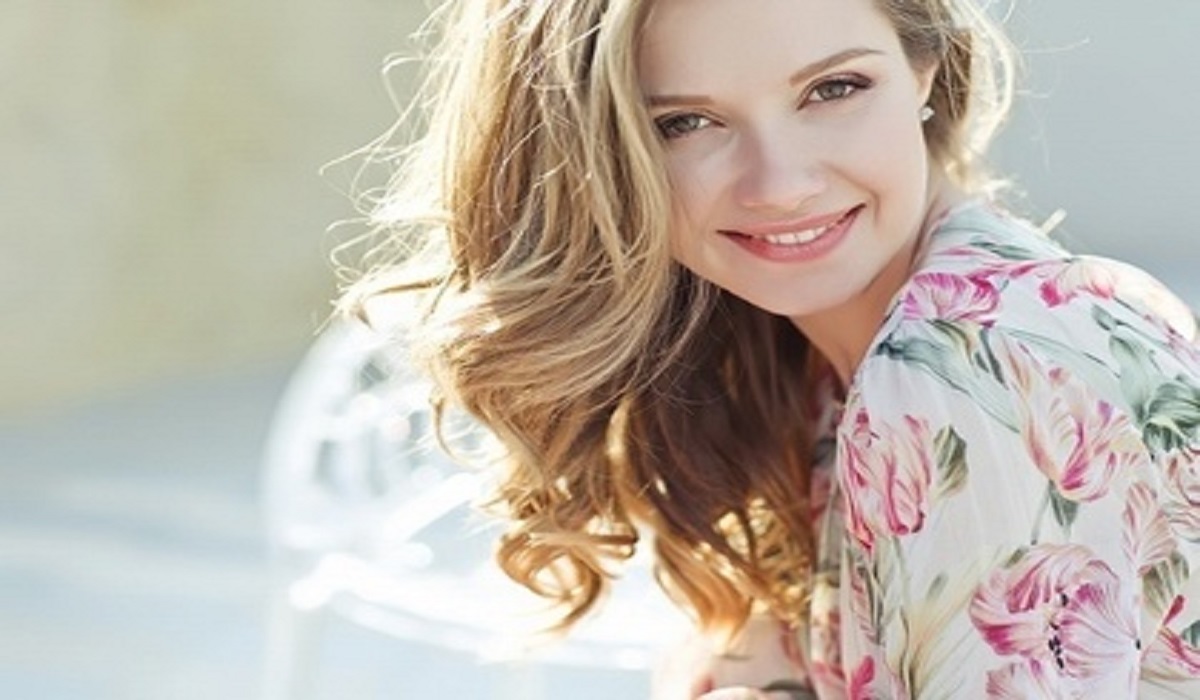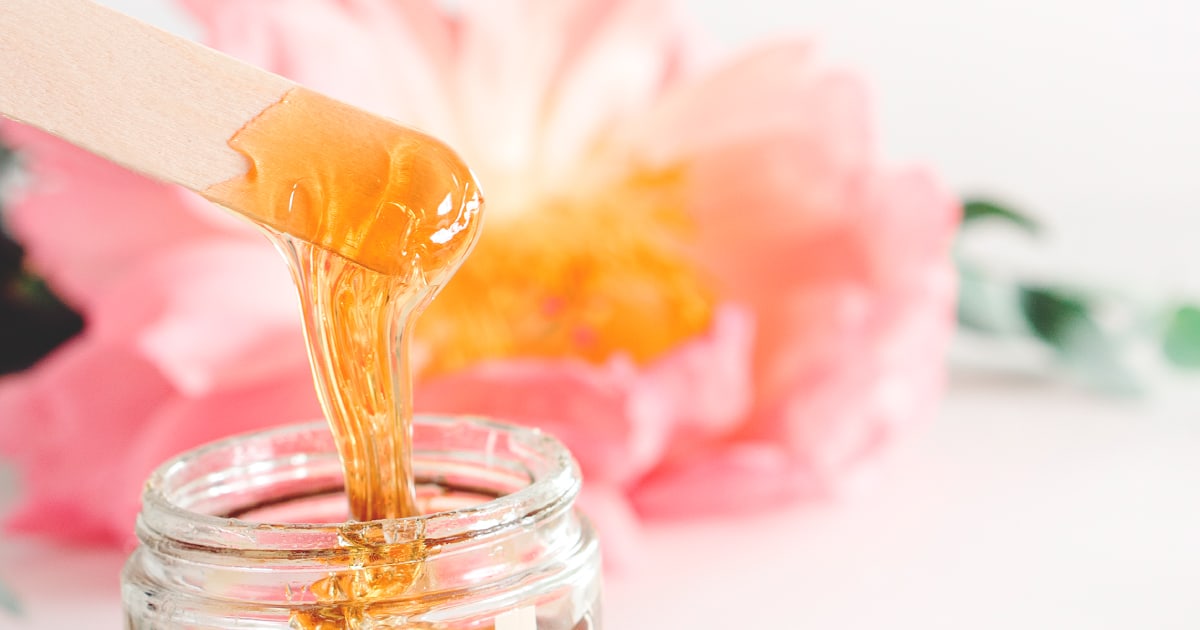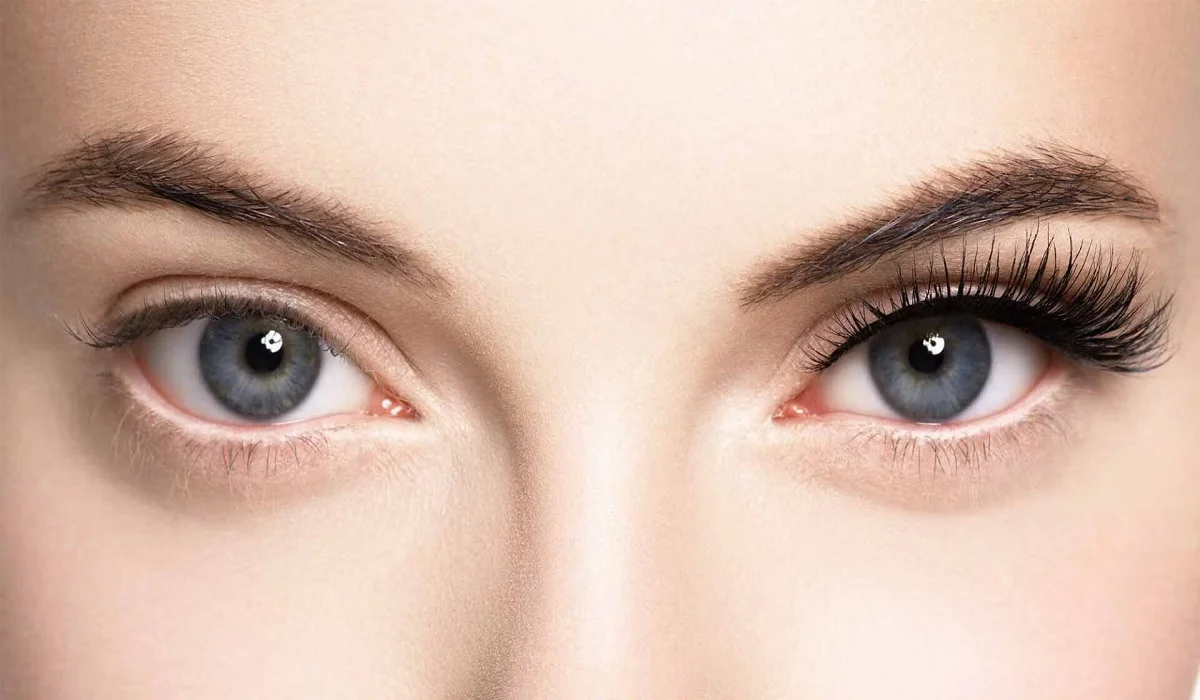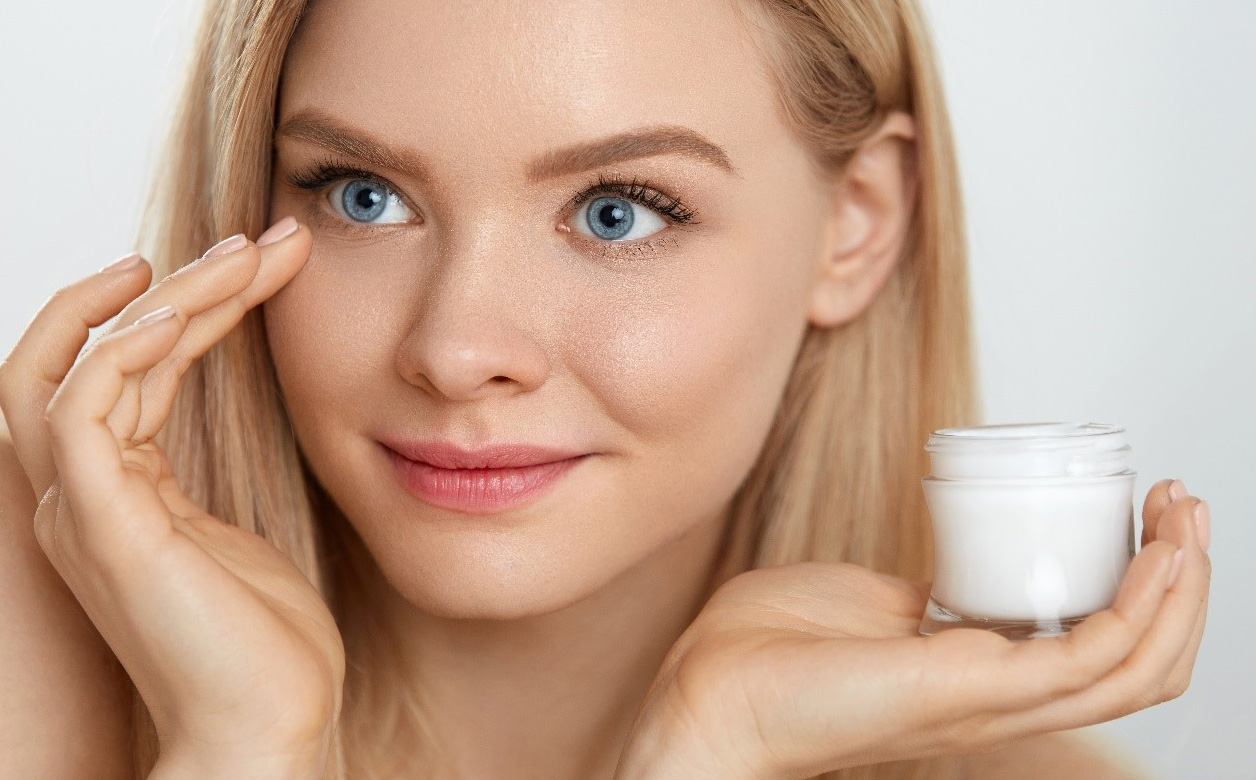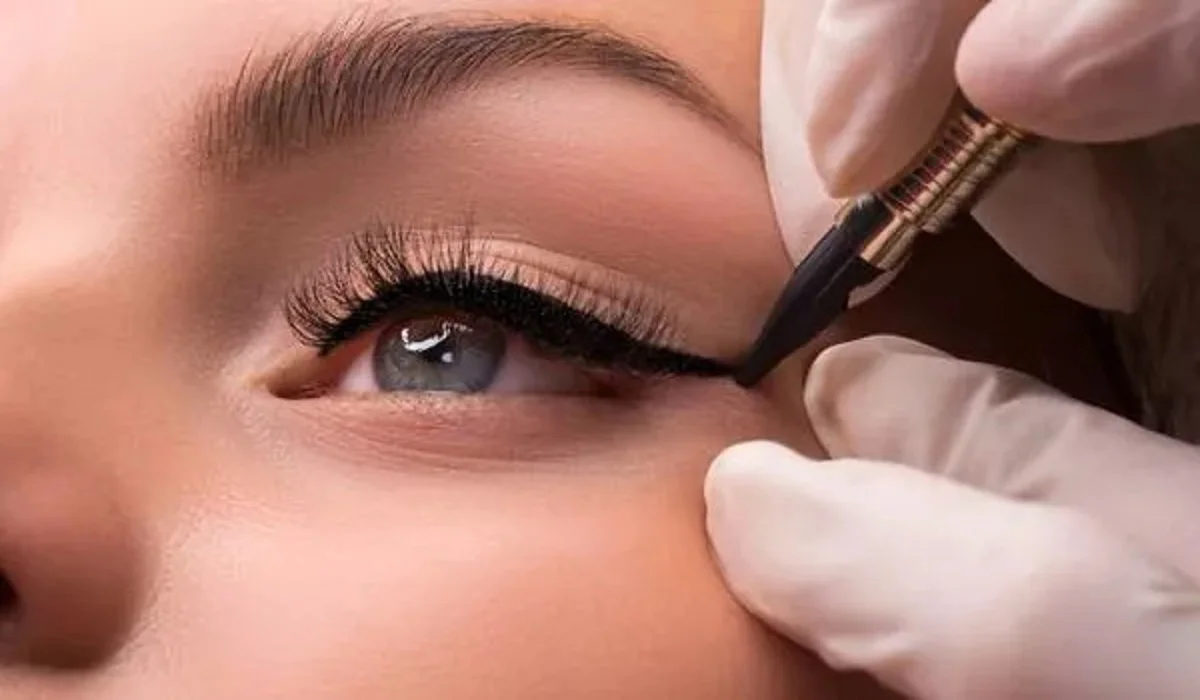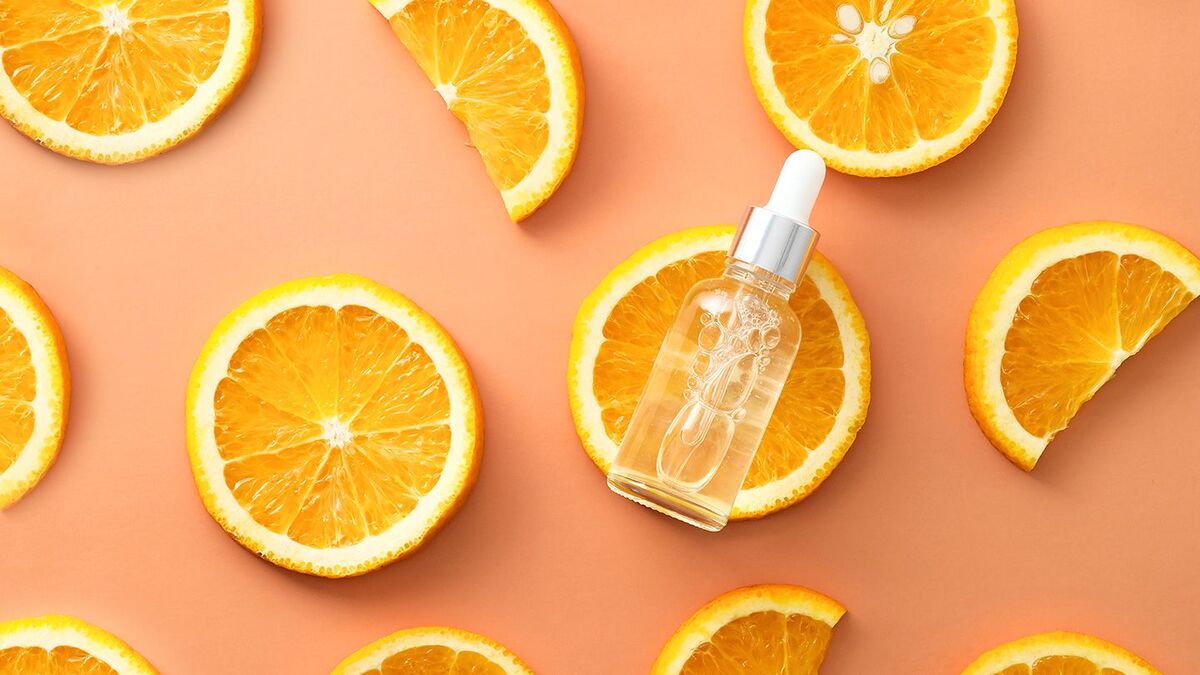
When it comes to hair color trends, there’s always something new and exciting on the horizon. One such trend that has taken the hair industry by storm is “foilyage.” Foilyage is a hair coloring technique that combines the best of both worlds: the precise placement of foil highlights and the seamless, natural look of balayage. This technique has gained immense popularity among hairstylists and clients alike, offering a stunning and low-maintenance hair color option. In this article, we will delve into the details of foilyage, exploring what it is, how it differs from other coloring techniques, its benefits, and why it has become a go-to choice for many individuals seeking a sun-kissed, dimensional look.
What is Foilyage?
Foilyage is a term coined by hairstylists to describe a hair coloring technique that combines the foil highlighting method with balayage. Foil highlights involve separating sections of hair and applying color or lightener to the selected strands, which are then covered with foil to process the color more efficiently. On the other hand, balayage is a freehand technique where the colorist paints the color or lightener directly onto the hair, creating a soft, graduated effect. Foilyage bridges the gap between these two techniques by incorporating the precise placement of foil highlights with the natural blending and softness of balayage.
How is Foilyage Different from Traditional Highlights and Balayage?
Traditional highlights involve placing foils throughout the hair to create contrast and dimension. While this technique can produce beautiful results, the final look can sometimes appear too structured and uniform. Balayage, on the other hand, offers a more natural and effortless look by painting color directly onto the hair. However, without the aid of foils, it can be challenging to achieve maximum lift and create a more dramatic contrast.
Foilyage strikes the perfect balance between these two techniques. By using foils strategically, colorists can achieve more lift and control while still maintaining a soft and blended appearance. The foils help to incubate the color, resulting in a more vibrant and dimensional effect compared to traditional balayage. Additionally, foilyage allows for precise placement of color, making it an excellent choice for those looking for specific highlights or lightening in certain areas of the hair.
Benefits of Foilyage:
Natural and Gradual: Foilyage creates a seamless, sun-kissed effect that mimics the natural way hair lightens under the sun. The color transition is soft and gradual, giving the hair a dimensional and lived-in appearance.
Low Maintenance: One of the key advantages of foilyage is its low maintenance nature. Since the color is applied in a way that blends seamlessly with the hair, regrowth is less noticeable, reducing the frequency of touch-up appointments. This makes foilyage an ideal choice for those who prefer a more effortless hair color that grows out gracefully.
Customizable: Foilyage offers endless possibilities for customization. Colorists can tailor the placement and intensity of the highlights to complement a client’s skin tone, hair type, and personal style. Whether you desire a subtle change or a bold transformation, foilyage can be adapted to suit your preferences.
Versatile for All Hair Types: Foilyage works well on various hair types, textures, and lengths. Whether you have straight or curly hair, short or long locks, foilyage can be adapted to enhance your natural beauty. It can be used to add depth, dimension, and brightness, making it a versatile option for anyone looking to update their hair color.
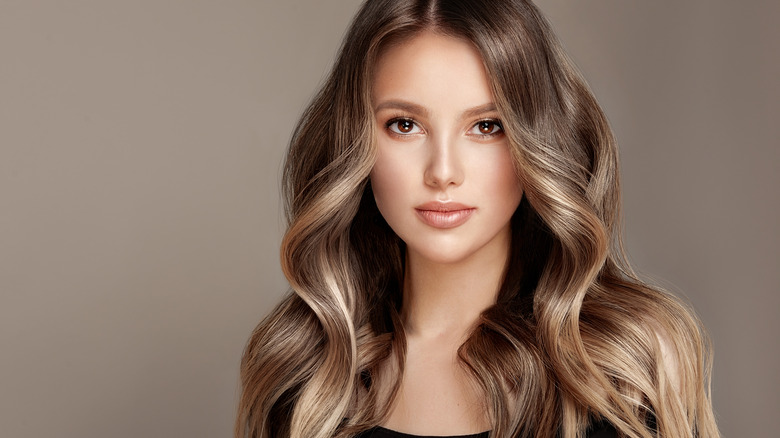
The rise in popularity of foilyage can be attributed to several factors:
Natural and Effortless Look: Foilyage provides a more natural and effortless look compared to traditional highlights. The soft and gradual color transition creates a sun-kissed effect that appears as if the hair has naturally lightened over time. This aesthetic has become highly sought after, as it gives the hair a relaxed and beachy vibe.
Customization Options: Foilyage allows for a high level of customization. Colorists can work closely with their clients to determine the placement, intensity, and color palette that best suits their individual features and preferences. This level of personalization ensures that each foilyage result is unique and tailored to the client’s desired outcome.
Versatility for All Hair Colors: Foilyage can be adapted to work with a wide range of hair colors, from blondes to brunettes and even redheads. It allows for seamless blending of multiple shades, creating depth and dimension. Whether someone wants to add subtle highlights to their dark hair or create a multi-tonal effect on their blonde locks, foilyage can achieve stunning results.
Another reason why foilyage has gained popularity is its low maintenance nature. Unlike traditional highlights that require frequent touch-ups to cover regrowth, foilyage grows out gracefully and requires less upkeep. The blended color placement ensures a softer grow-out line, making it ideal for those who prefer a more low-maintenance hair color.
Suitable for Various Hair Lengths and Textures: Foilyage works well on all hair lengths and textures. Whether someone has short, medium, or long hair, foilyage can be adapted to create a flattering and dimensional look. It adds movement and depth to straight hair, enhances the texture of wavy or curly hair, and brings out the natural highlights in any hair type.
Celebrity Influence: The popularity of foilyage has also been fueled by celebrities who have embraced this hair color technique. Many well-known figures, from Hollywood actresses to social media influencers, have been seen sporting stunning foilyage looks, which has contributed to its trendiness and desirability among the general public.
Foilyage has emerged as a highly sought-after hair coloring technique that combines the precision of foil highlights with the natural blending of balayage. Its ability to create a sun-kissed, dimensional look with a soft and gradual color transition has captivated hairstylists and clients alike. With its versatility, customization options, reduced maintenance, and suitability for various hair types, foilyage has become a go-to choice for individuals seeking a beautiful and low-maintenance hair color. Whether you’re looking to enhance your natural features or want to experiment with a new look, foilyage offers a stunning and contemporary option that can be tailored to your unique style.


